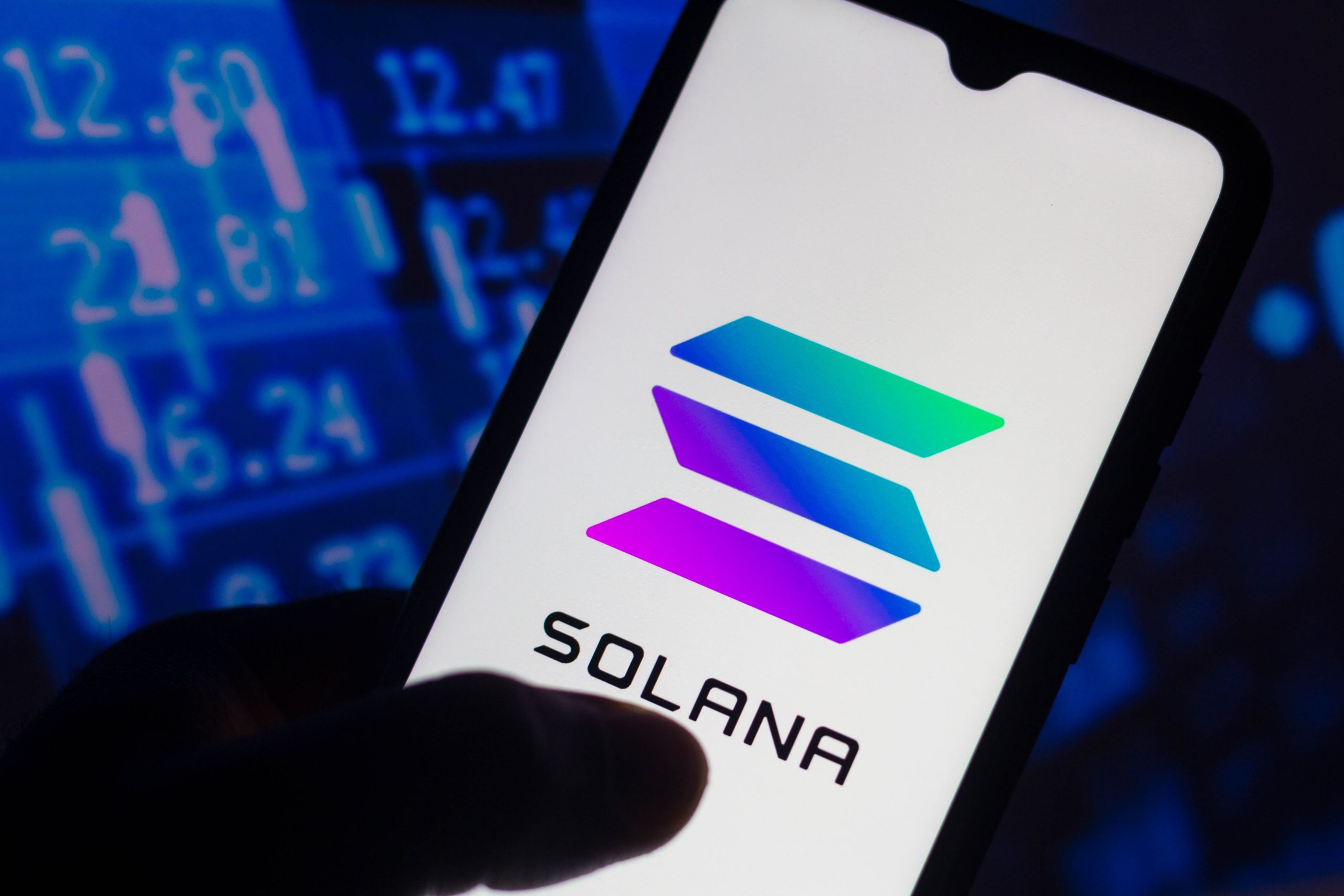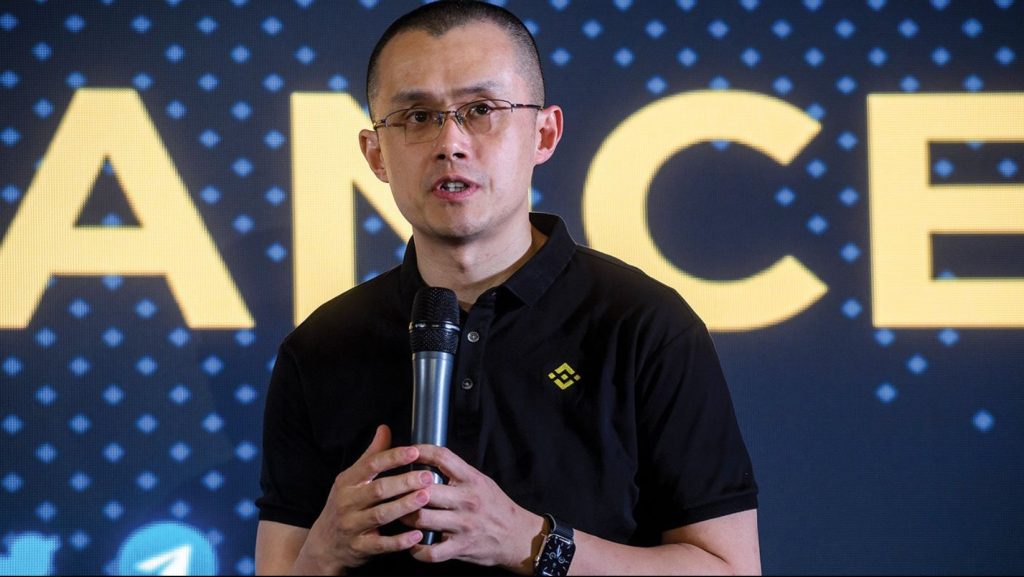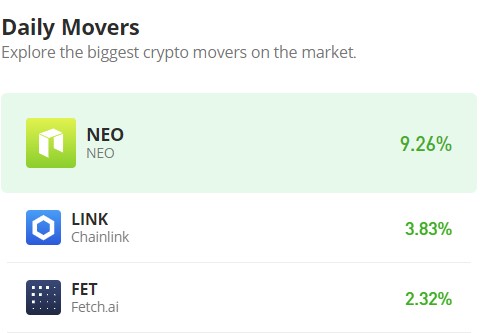Discovering Solana: A Revolutionary Blockchain Network
Don’t invest unless you’re prepared to lose all the money you invest. This is a high-risk investment and you are unlikely to be protected if something goes wrong. Take 2 minutes to learn more

Solana emerges as a pioneering blockchain platform meticulously crafted to accommodate decentralized applications (dApps) and cryptocurrencies, prioritizing high transaction throughput while maintaining minimal costs. This feat is accomplished through a distinctive mechanism pioneered by Solana Labs known as Proof of History (PoH), alongside the traditional Delegated Proof of Stake (DPoS).
This fusion not only aims for scalability but also endeavors to safeguard decentralization and security. The Solana team’s mastery of compression algorithms birthed PoH, serving as a chronological testament to event occurrences, significantly streamlining the consensus process, and propelling Solana towards unprecedented efficiencies in decentralized transaction speeds.
Daily SOL transfers on Solana nearly match those of Ethereum in US dollars. An intriguing trend arises due to Solana’s low transaction fees and swift execution, leading to a notably high number of “minnow” transfers—those valued under $1 million—compared to “whale” transfers. Over 80% of the total value transferred on Solana originates from such minnow transfers. Conversely, Ethereum exhibits a minnow ratio of only 40%, as users avoid sending funds due to substantial fee implications.
Consensus and Staking
In the delegated proof-of-stake consensus mechanism, SOL can be staked by validators and delegators alike. Validators operate high-performance physical infrastructure, while delegators entrust their stakes to validators. Validator infrastructure typically entails a machine with 512 GB of memory and a 16-core CPU, meeting the requirements for executing a high flow of transactions.
Following a leader schedule, a single validator processes each block, subject to validation by other validators. The leader sequences messages and computes the chain’s new state. Through leadership rotation, the network ensures decentralization and security. Votes carry weight based on validators’ stakes, with a supermajority necessary for block confirmation, ensuring finality, and preventing forks. Validators and their delegators receive a steady flow of block rewards per epoch (approximately every 2 to 3 days). Inflation currently stands at around 5%, set to decrease to 1.5% ten years after chain genesis.
The lead validator of each block receives half of the block’s transaction fees, while the other half is burned, instilling a deflationary effect on SOL. Transaction signing costs a mere 0.000005 SOL, with this base fee applicable to all transactions, including vote transactions by validators. Unlike Ethereum, Solana blocks are far from full, historically maintaining a low SOL burn rate.
However, recent demand for block inclusion and ecosystem upgrades has complexified the transaction fee model. The compute budget program empowers users to manipulate the compute units of their transactions, quantifying the computational complexity akin to gas on EVM blockchains. Users can adjust the price per compute unit and set higher compute unit limits for resource-intensive transactions.

Solana User Landscape
Solana’s user base is divided into two main categories: externally-owned accounts (EOAs) and program-derived accounts (PDAs). Unlike chains compatible with the Ethereum Virtual Machine (EVM), where states reside within individual smart contracts, Solana requires users to store data on-chain independently via PDAs.
By deploying a program, users can add executable code to the chain, creating a blueprint for generating a PDA co-owned by both the user and the program. Fund movement follows the program’s directives, with each PDA possessing a unique address. Notably, even to engage with a new token, a PDA must be established first, rendering the unique address metric misleading to Solana. Instead, identifying EOAs as wallets allows for estimating unique Solana users.
Solana Ecosystem
Solana’s entrance into the scene has spurred a diverse range of projects spanning decentralized finance (DeFi), non-fungible tokens (NFTs), and beyond, attracted by its scalability and developer-friendly environment. Despite encountering challenges related to network stability and intermittent outages, Solana’s resilience and continual improvements underscore its dedication to fostering a robust ecosystem, bolstered by regular month-long hackathons. Leading in memecoin trading, mobile interoperability, and decentralized physical infrastructure networks (DePIN) like Hivemapper or Helium, Solana showcases its prominence in the blockchain space.
The Solana Program Library offers a standardized program for token minting, including fungible and non-fungible tokens. Recent upgrades, such as confidential transfers, transfer fees, and soulbound tokens, have augmented its functionalities. SPL tokens have always played a vital role in the Solana ecosystem, with recent months witnessing their increased significance in token transfers compared to SOL transfers. This discrepancy may stem from behavioral differences between seasoned Solana users and seasonal memecoin traders, highlighting the diverse dynamics within the Solana community.
Conclusion
Solana excels at bridging security with throughput through its streamlined consensus mechanism, championing the monolithic blockchain narrative while facing challenges of greater centralization. Despite higher hardware requirements, Solana’s accessibility, exceptional UI/UX, and dedicated developer support attract both developers and users.
Its Proof of History mechanism ensures efficiency and speed, catering to projects requiring rapid execution. Solana’s expanding ecosystem fosters innovation across various applications, with users drawn to its fast transaction times and low fees, democratizing blockchain technology access. However, the longevity of its memecoin frenzy participants remains uncertain, reflecting the dynamic nature of the Solana community.




